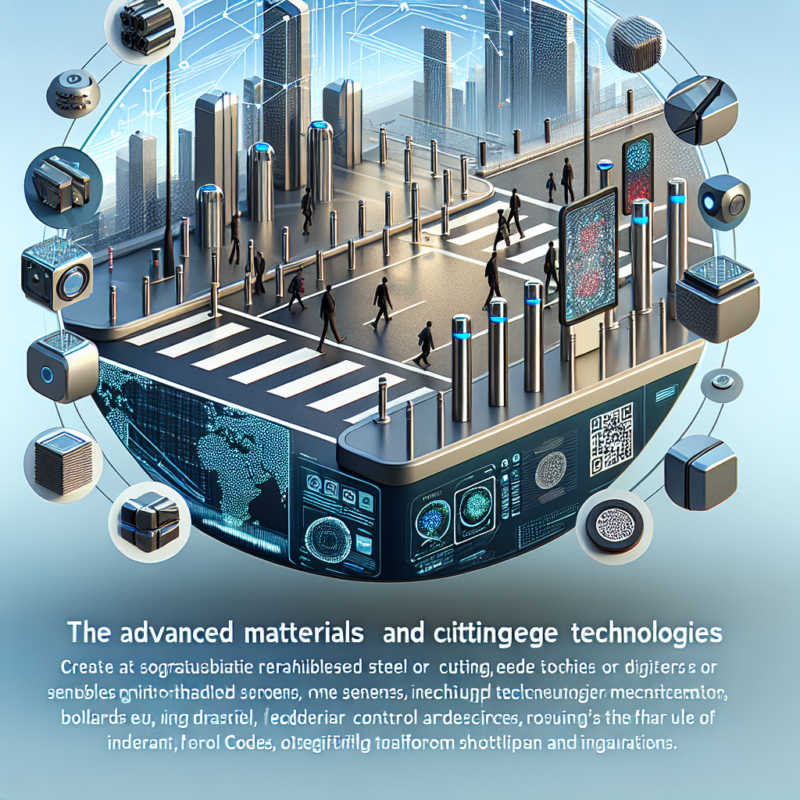Title: Innovations in Modern Queue Management: Top Materials and Technologies Used in Modern เสากั้นทางเดิน (Stanchions)
Modern public spaces demand efficient systems for crowd management and queue control, where the integration of functionality, safety, and aesthetics is crucial. เสากั้นทางเดิน, or stanchions, play a vital role in directing foot traffic, ensuring safety, and enhancing the overall experience in venues ranging from airports and banks to theaters and museums. This article explores the latest materials and technologies used in the design and manufacturing of contemporary stanchions that meet the growing demand for durability, flexibility, and smart solutions.
Emerging Materials in Modern Stanchions
Stainless Steel:
Stainless steel remains a top choice for stanchion construction due to its robust nature and appealing appearance. Its resistance to corrosion and environmental stresses makes it ideal for both indoor and outdoor use. Additionally, stainless steel’s sleek and modern finish complements various architectural styles, making it a versatile option for diverse applications.High-Density Polyethylene (HDPE):
Known for its lightweight and impact-resistant properties, HDPE is increasingly used in stanchion manufacturing. This material is particularly favored in environments where portability and ease of setup are essential, such as in event management scenarios. Moreover, HDPE is recyclable, making it an environmentally-friendly choice.- Aluminum:
As a lightweight alternative to steel, aluminum offers the advantage of easy maneuverability without compromising strength. Its natural resistance to rust makes it an excellent material for outdoor stanchions. Additionally, aluminum’s recyclability aligns with sustainable practices, enhancing its appeal in green design initiatives.
Advanced Technologies Enhancing Queue Management
Retractable Belt Mechanisms:
Modern stanchions often incorporate retractable belt systems that offer flexibility in queue configuration. Made with durable, high-tech fabrics, these belts can extend to various lengths, allowing for quick and easy adjustments. Some advanced models are equipped with self-locking mechanisms to enhance security and prevent tampering.Digital Queue Management Systems:
The integration of digital technology in stanchions is revolutionizing queue management. Using sensors and digital displays, these systems can provide real-time data on queue lengths and waiting times, helping businesses manage lines more efficiently. Advanced systems can also integrate with mobile apps, allowing customers to join virtual queues and receive updates directly on their devices.Interactive and Smart Features:
The advent of smart technology has led to the development of interactive stanchions. Equipped with touch screens and RFID capabilities, these stanchions can provide information and directions to users, making them particularly useful in complex environments such as airports or large exhibitions.- Solar-Powered Units:
In line with sustainable practices, some modern stanchions incorporate solar panels to power LED lights or digital displays, reducing the reliance on conventional power sources. This innovation is particularly beneficial for outdoor settings, where access to electricity might be limited.
Conclusion
The evolution of stanchions, from basic crowd-control tools to sophisticated devices incorporating smart technologies, underscores the importance of innovation in public space management. As demands for sustainability and efficiency continue to rise, the materials and technologies employed in the design and construction of modern เสากั้นทางเดิน will undoubtedly lead to more intelligent, eco-friendly, and customizable solutions. These advancements not only enhance crowd management but also significantly improve the user experience in various venues worldwide.
[ad_2]
